10 Steps for Building a Webinar
(last updated May 11, 2022)
A webinar is a video presentation, seminar, lecture, or workshop delivered via the internet, and, according to Zippia, they are now the preferred content format next to eBooks for B2B executives.
48% of B2B decision-makers watch webinars weekly. And the average webinar generates between 500 and 1K leads.
That's a LOT of opportunities to show them what your business can do for them.
Typically, webinars are live events, but they can also be pre-recorded and delivered to customers and leads indefinitely. You just have to maintain an interactive element that allows viewers to participate, ask questions, make comments, or collaborate with the presenters and/or hosts even if the webinar is not live.
With 10 strategic steps, you’ll be well on your way to a new lead magnet tool.
10-step checklist to create your B2B webinar:
- Define Your Purpose
- Choose the Software
- Create an Outline
- Select a Format
- Create a Registration Process
- Create Promotional Assets
- Build Your Webinar
- Deliver Your Webinar
- Follow-Up & Nurture
- Or Let Growth Build It for You
1. Define Your Purpose
Choosing what you want to achieve with your webinar reveals everything about how to set it up. You can use a webinar to generate more leads, educate current customers on an offering or strategy that you are an expert in, or re-engage leads.
Once you nail down exactly why you’re building a webinar, define the audience (buyer personas) that would get the most out of your offering, and keep them in mind as you design it.
Notes on the Buyer Persona
Your buyer persona is your ideal customer.
You probably have more than one, so choose which buyer persona would benefit the most from your webinar. This concept will guide you through the rest of these steps, so make sure you have a strong idea of who your buyer persona is first.
It’s also useful to decide on which lifecycle stage your webinar will be for — subscribers, leads, marketing qualified leads (MQL), and/or customers.
If you need help defining your buyer personas, check out Using Buyer Personas in HubSpot on HubSpot Academy, or make your persona here with the HubSpot Persona tool.
2. Choose the Software
Use software that allows you to host the webinar and promote it through your marketing channels. Some really great options are Zoom and GoToWebinar, but you can explore other options for webinar hosting here.
Bonus: Watch an overview of how to use and set up a Zoom webinar.
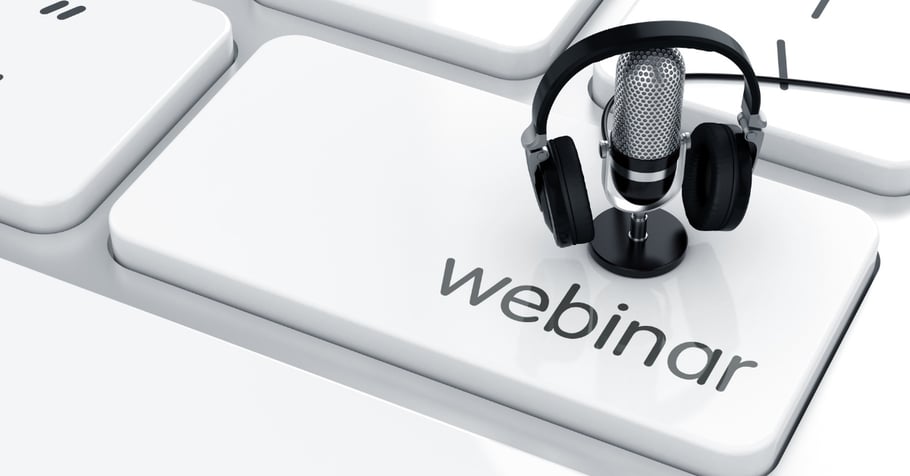
3. Create an Outline
Base your outline on your purpose and your buyer persona, then sketch out how your webinar will run and what you want your audience to walk away with.
Start with a Learning Outcome
- Identify your learning outcome (what, exactly, you want your attendees to get out of the webinar: your eBook, free tool, course, product, etc.).
- Make sure your learning outcome has a call-to-action (CTA) that uses strong, active verbs.
- Using your learning outcome, begin to outline the rest of the webinar.
Tips for Building Out Your Outline:
- Focus on one major topic for clarity and to maintain engagement.
- Determine a set amount of time for each section of the webinar.
- List what each section is and how it relates to your learning outcome.
- Create clear activities and objectives for the interactions with your attendees.
- Make time for questions.
- Select follow-up resources that you can share with your attendees.
- Create promotional assets through short and long descriptions of your webinar with the learning outcomes.
- Choose the date and time of your webinar. Don’t forget to factor in the different time zones of your attendees.
4. Select a Format
Now that you know your purpose, your buyer personas, your software choice, and your learning outcomes, you can now build out your webinar content.
Select a webinar format that best fits your audience and outcomes. Formats include:
Pro Tip: Co-hosting a webinar can double your prospective audience and attendance. Work with a credible co-host with complementary expertise within your field or industry.
5. Create a Registration Process
To allow your potential attendees to sign up for your webinar, you will need:
- a registration form
- a landing page
- thank you page
- and an automated email to send out after your webinar is over.
This is easy if you're using Zoom with HubSpot CRM to create a pipeline to keep up with your contacts and to engage with your attendees before, during, and after the fact.
Step 1: Write a description for your webinar that resonates with your buyer personas. Use this for your landing page and email promotions.
Include:
- Presenter Bio and Information
- The Learning Outcome
- Agenda
Step 2: Make your registration form. Design the form to gather email addresses and sales information from your attendees.
Registration form tips:
- Give the form an easy-to-recognize name.
- Remember, the perceived value of your webinar determines how many fields your attendees will fill out.
Step 3: Create the landing page your visitors will land on.
Tips for a Strong Landing Page
- Name the landing page in conjunction with your campaign name, webinar, and thank you page name.
- Explain the value of the webinar in 1–5 sentences.
- Use numbers, bullets, and bolding in the copy, and include a relevant image, graphic, or video of the content offer or topic.
- Indicate in the title that the landing page is for the live webinar.
- List the date, time, and time zone of the webinar.
Step 4: Design a thank you page. This is where your leads are sent when the webinar is completed and the recording is available.
Step 5: Remind your attendees through an email campaign (through HubSpot or a webinar provider) for a week before, a few days before, and the day of your webinar.
This will keep your attendees excited about it as well as remind them to attend.
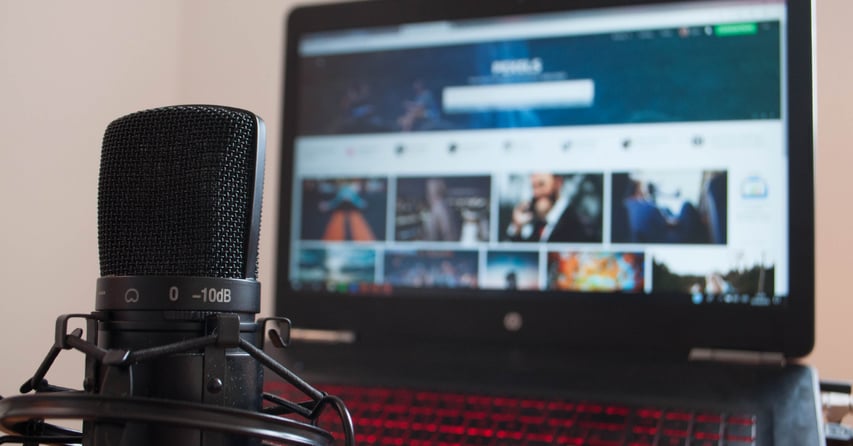
6. Create Promotional Assets
Start your webinar campaign and use your registration links to get people excited to sign up. Use an email campaign to notify your website visitors, leads, and social media followers that you have a webinar available.
Step 1: Decide which of your contacts database will be most interested in attending the upcoming webinar. Create and send an email to them encouraging them to sign up. Check out "Creating High-Performing Email" from HubSpot Academy for ideas.
Step 2: Post a few blog articles on a topic that the webinar will cover. Share them on all your social media channels.
Bonus: Here are some tips for writing great blog posts.
Step 3: Promote your webinar through scheduled social media posts. Include links to the landing page and create a hashtag on Twitter.
Pro Tip: Invite your community to share questions about the topic leading up to the webinar to start conversations, while increasing engagement and attendance.
7. Build Your Webinar
Now that you’ve made it possible for your potential attendees to register, you can focus on putting your webinar together.
Most webinars have 3-7 agenda items and last about an hour. To hold the attention of your audience, build some slides to help your audience navigate through the content with you.
This is called a "slide deck," and it can be created in Microsoft PowerPoint, Google Slides, or Canva.
- Build the slides from your outline beginning with the major bullet points or with your agenda itself.
- Fill in the information with text and images as you fill out your ideas as you would if you were writing an essay or a speech.
- Add in social touches by starting with an icebreaker question and adding activities like polls that are relevant to your topic.
Practice your webinar often beforehand and make sure the technology is set up to execute your webinar.
Select a good microphone in a room with minimal outside noise, and be sure you’re familiar with the computer and software you’ll be using on the day of your webinar.
8. Deliver Your Webinar
About an hour before the webinar's start time, check your equipment to identify any issues early. Ask your team members to log in and watch the webinar so they can give you feedback.
Have fun, and know that it’s okay if you’re a little nervous. That just shows you’re human.

9. Follow Up and Nurture
Give attendees access to the webinar almost immediately after the presentation by uploading it to your thank you page.
Here are a few steps:
- Upload the recording to YouTube, Wistia, Vidyard, or Vimeo.
- Link the recording or video embed code to the thank you page you built.
- Publish the thank you page or a webinar recap on your website.
- Send an email to thank the attendees for joining with a recording of the webinar.
- Send a different email to those who registered but didn’t attend as a way to follow up and provide them with a recording as well.
10. Ask Us to Build It for You
Growth is a HubSpot Platinum Solutions Partner, and we're pros at building inbound marketing assets like webinars for sales enablement, contact management, and lead generation.
The best part? We know how to build it and provide you with the most accurate HubSpot data that prove your webinar's ROI.
For more tips and tricks for creating all kinds of inbound marketing strategies, check out our blog. Want us to create all kinds of magic for you? Contact us for a quote!
Explore More Insights: Related Blog Posts
-
 B2BAug 8, 2022
B2BAug 8, 2022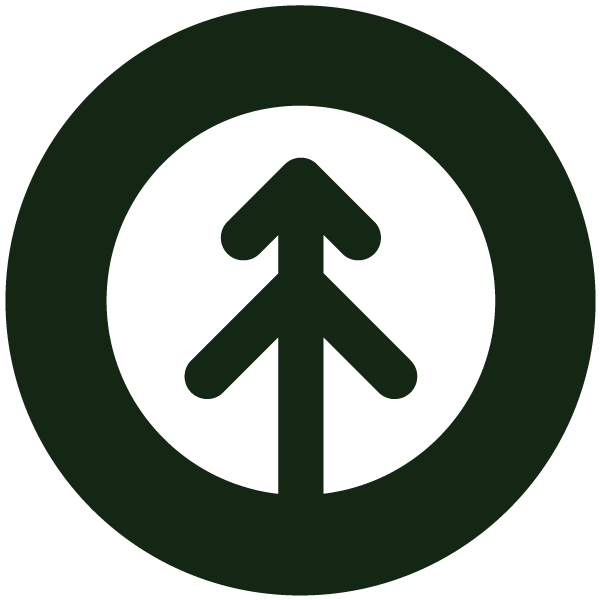 Growth Marketing Firm
Growth Marketing FirmGrowth Wins 2022 Clutch Awards
Growth Marketing Firm · Growth Wins 2022 Clutch Awards Growing a company is never easy, and it requires a...
-
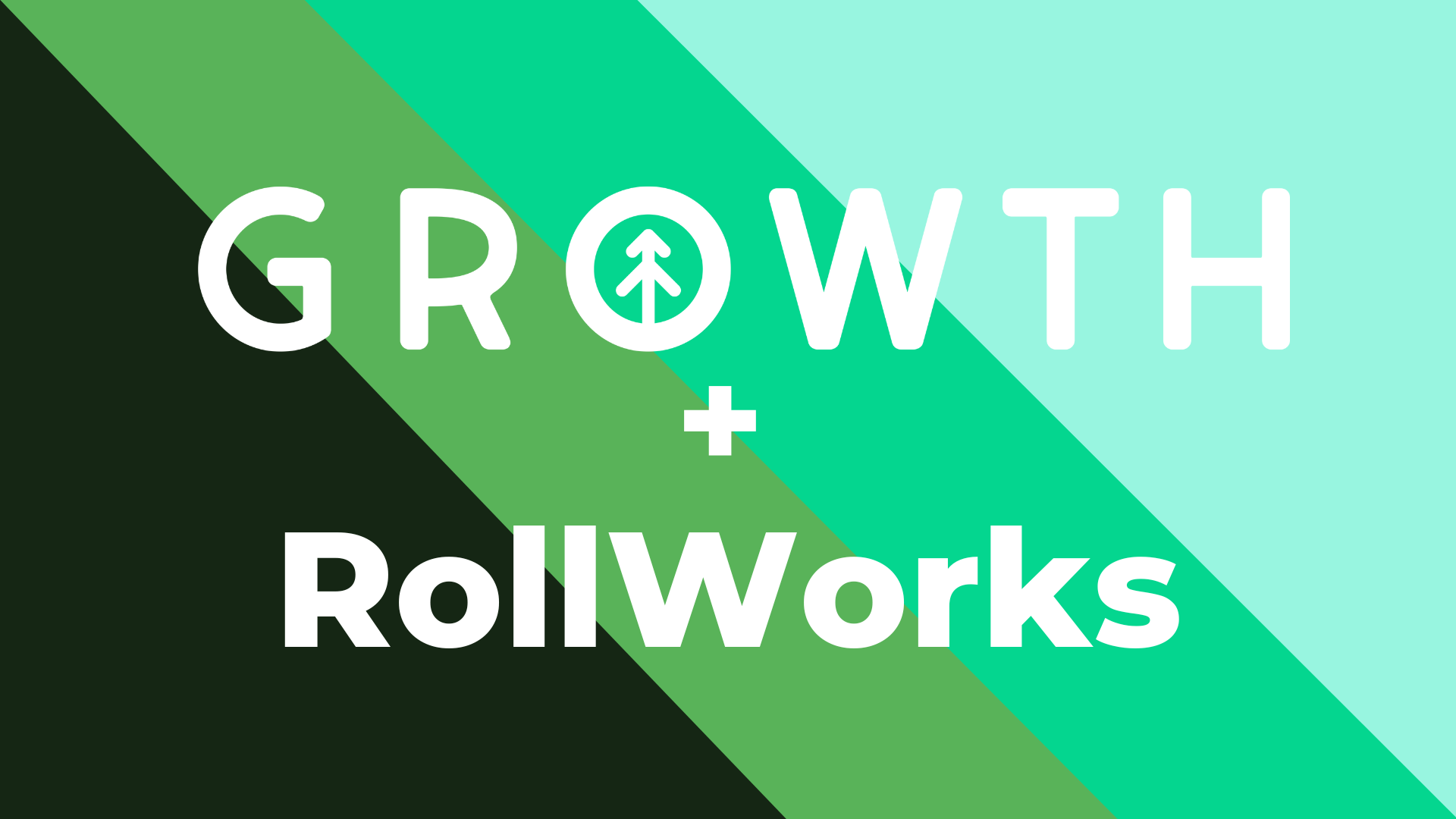 Tech StackSep 26, 2022
Tech StackSep 26, 2022 Growth Marketing Firm
Growth Marketing FirmGrowth Partners with RollWorks to Boost ABM Services to Clients
Right on time with the launch of our new Account-based Marketing services for our clients, Growth is thrilled...
-
 Sales EnablementAug 28, 2020
Sales EnablementAug 28, 2020 Chris Nault
Chris NaultAccount-Based Marketing: Generating a Sales Pipeline for Your Business
Growth Marketing Firm · Account - Based Marketing - Generating A Sales Pipeline For Your Business (last...
-
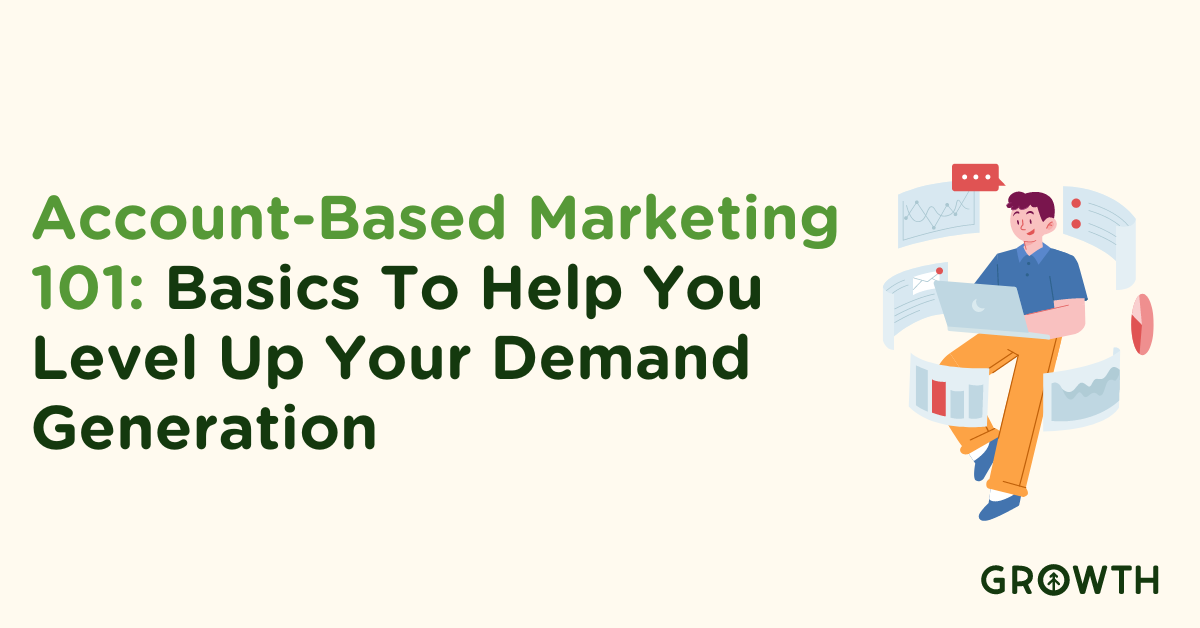 Marketing StrategyApr 23, 2024Rick Barcellos
Marketing StrategyApr 23, 2024Rick BarcellosAccount-Based Marketing 101: Basics To Help You Level Up Your Demand Generation
Account-based marketing (ABM) stands as a refined tactic within B2B marketing, aimed at boosting demand...
-
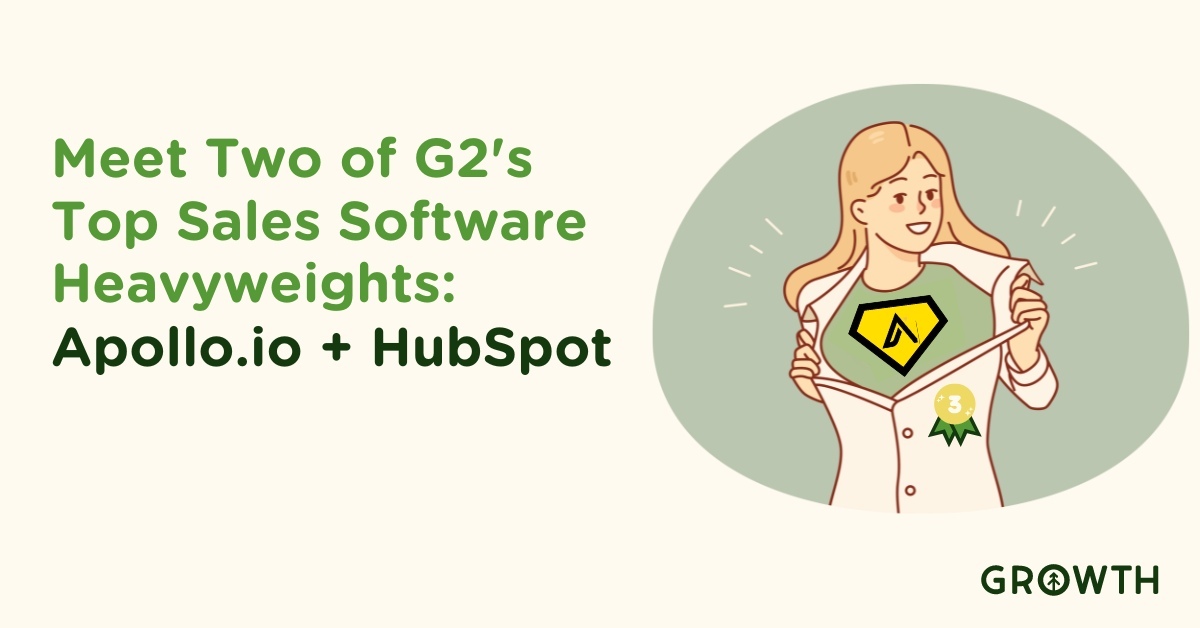 Sales EnablementFeb 12, 2024Rick Barcellos
Sales EnablementFeb 12, 2024Rick BarcellosMeet Two of G2's Top Sales Software Heavyweights: Apollo.io + HubSpot
In the ever-evolving landscape of sales technology, it's rare to find tools that not only meet but exceed...
-
 SEOApr 25, 2022
SEOApr 25, 2022 Growth Marketing Firm
Growth Marketing FirmGrowth Wins UpCity’s 2022 Local Excellence Award
For more than a decade, Chicago-based UpCity has been on a mission to help businesses find B2B service...
-
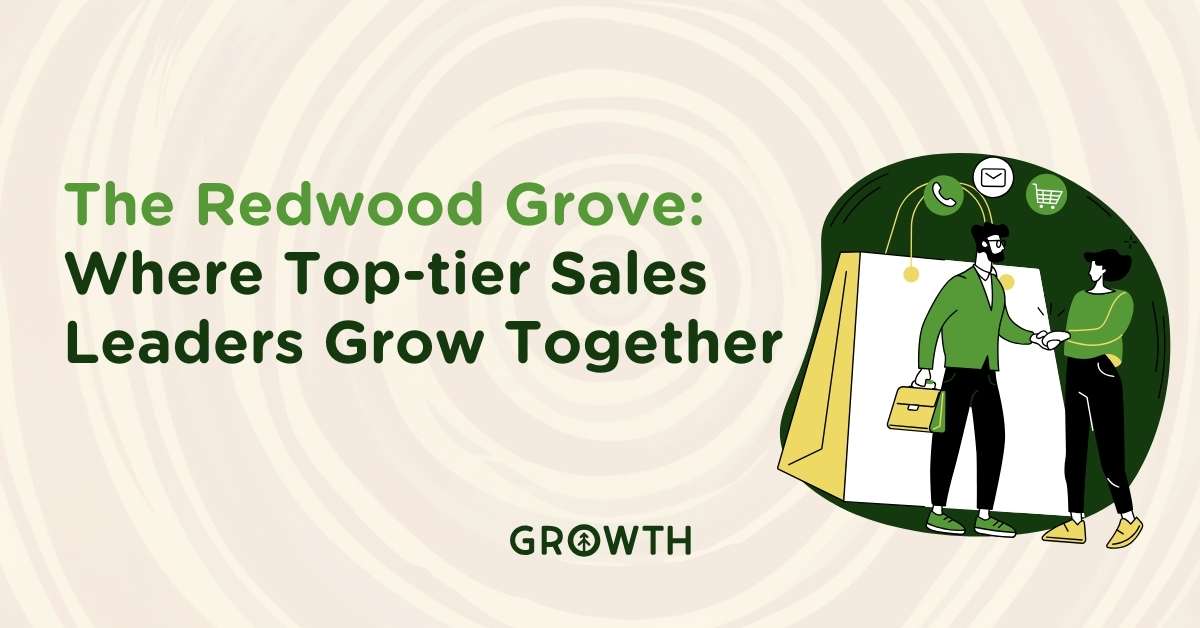 Sales EnablementFeb 22, 2024Rick Barcellos
Sales EnablementFeb 22, 2024Rick BarcellosThe Redwood Grove: Where Top-Tier Sales Leaders Grow Together
In the ever-evolving world of B2B sales, staying ahead means not just keeping pace with the trends, but...
-
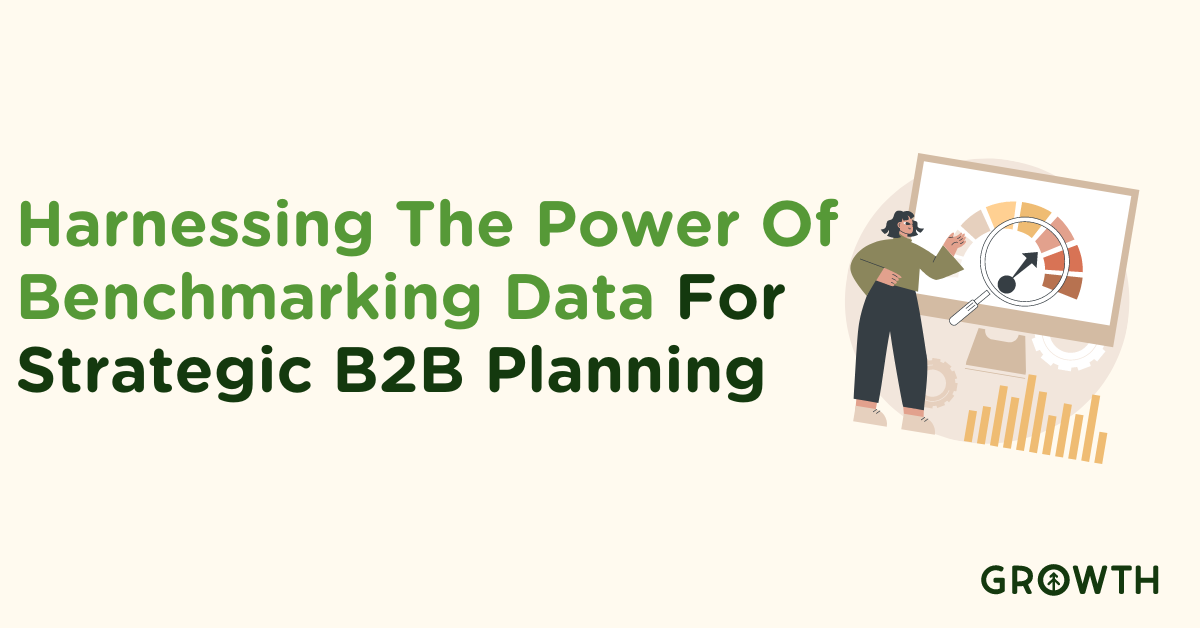 B2BApr 18, 2024Rick Barcellos
B2BApr 18, 2024Rick BarcellosHarnessing the Power of Benchmarking Data for Strategic B2B Planning
In the fast-paced realm of B2B industries, leveraging precise benchmarking data can transform strategic...
-
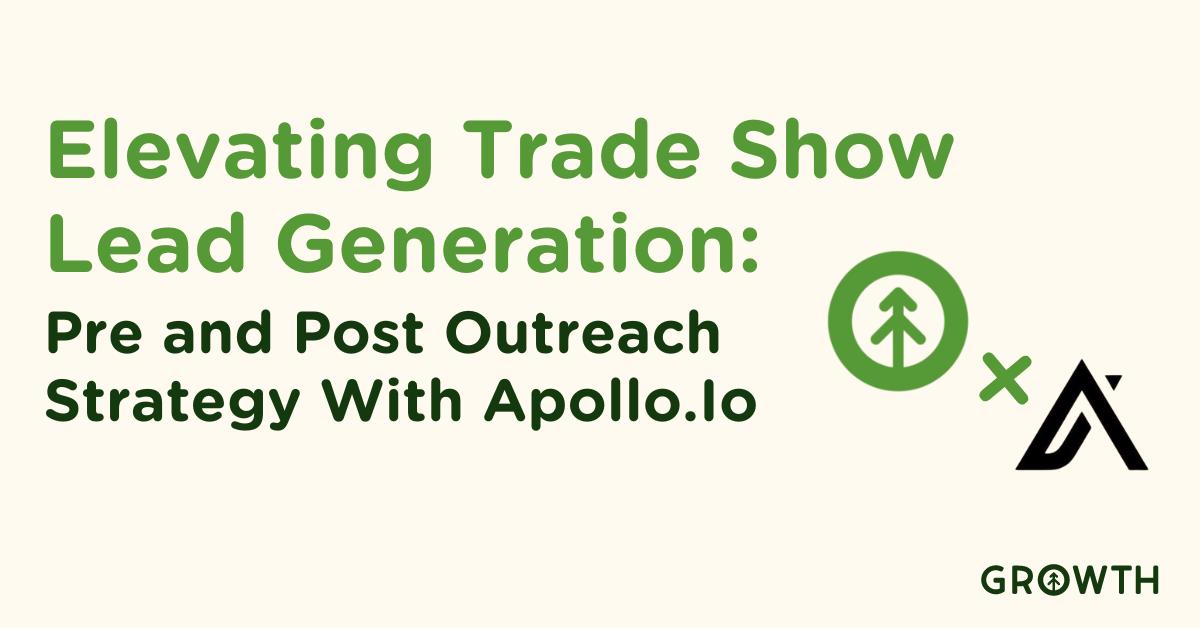 Sales EnablementApr 16, 2024Rick Barcellos
Sales EnablementApr 16, 2024Rick BarcellosElevating Trade Show Lead Generation: Pre and Post Outreach Strategy with Apollo.io
In the fast-evolving B2B landscape, in-person events and trade shows remain crucial for direct networking and...

